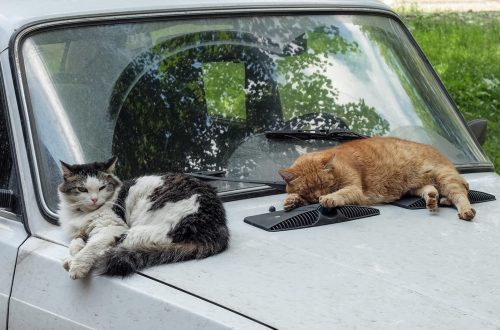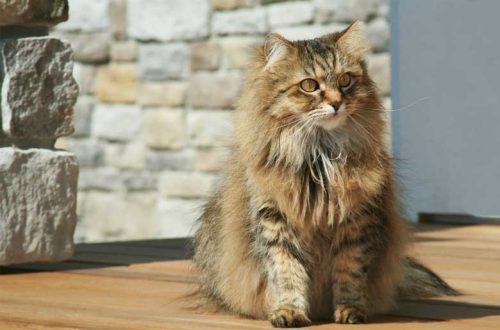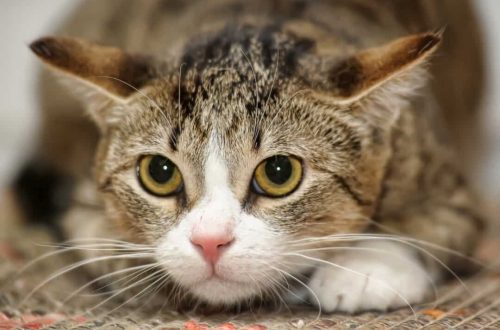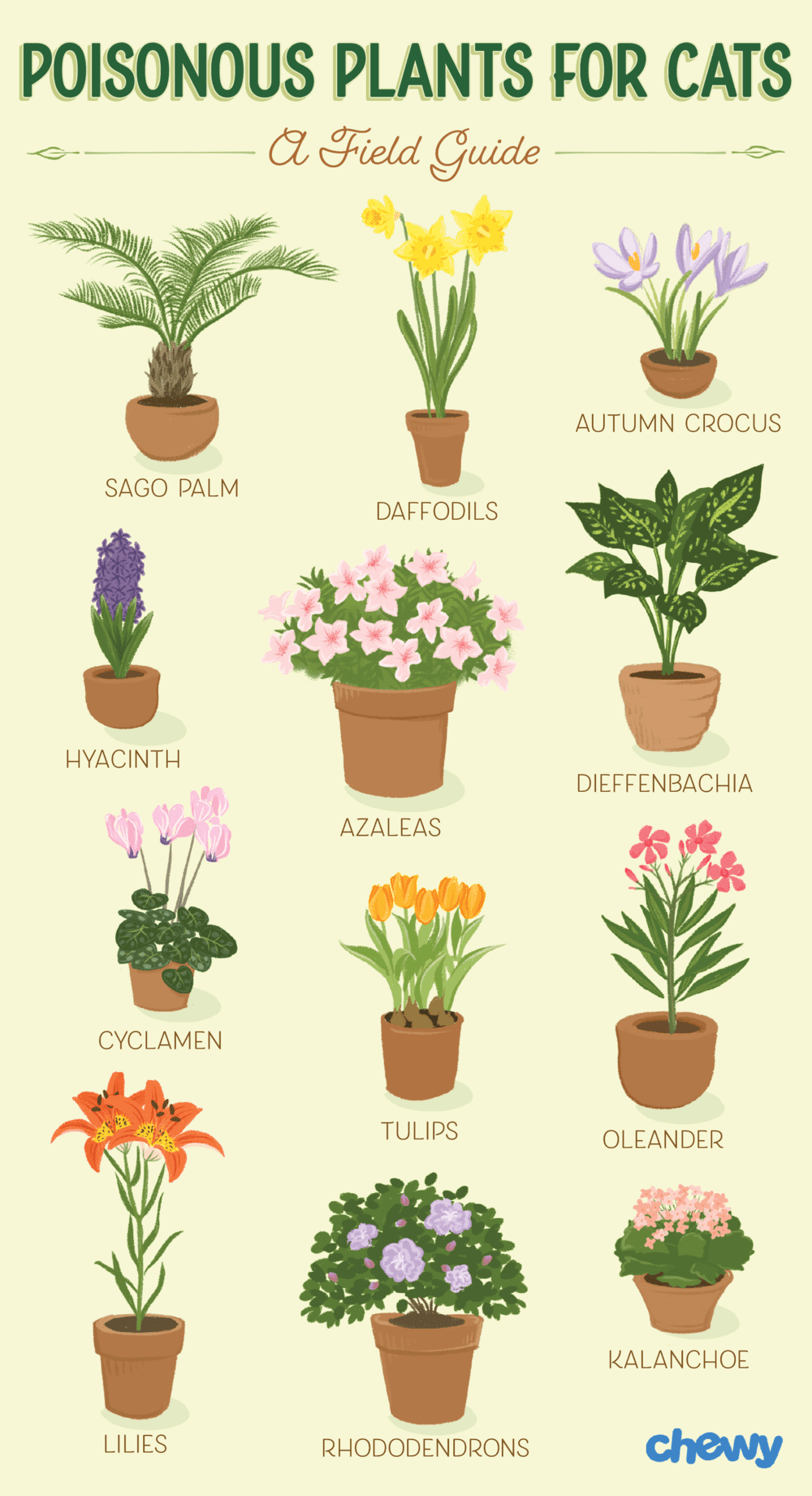
Houseplants that are safe for cats
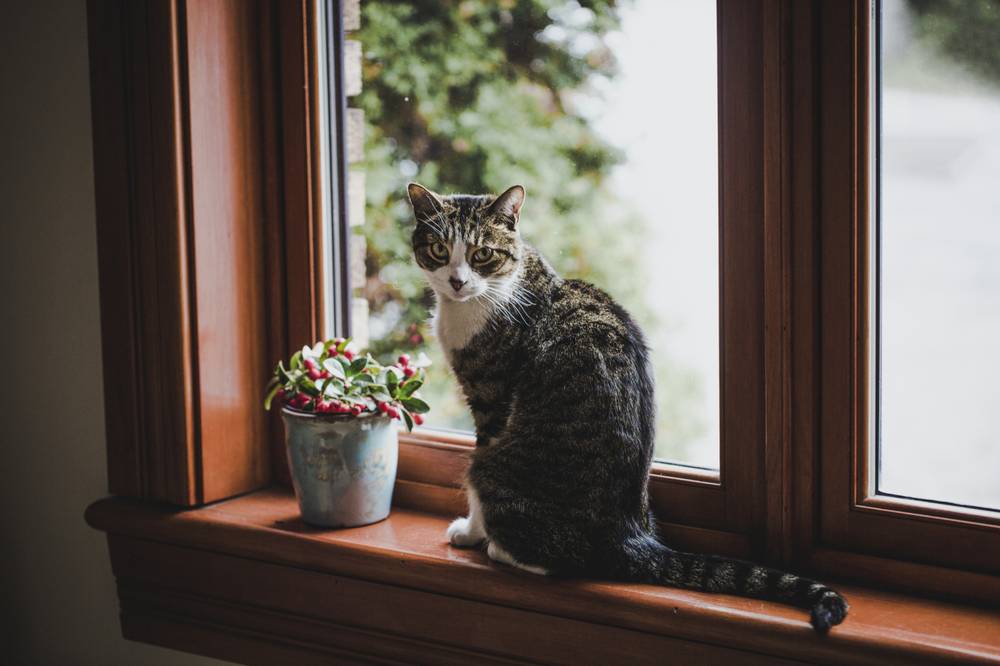
When a kitten appears in the house, responsible owners must definitely check the flowers in the apartment. It may turn out that familiar plants actually pose a serious danger to a new pet. These, for example, include spurge and spathiphyllum, as they contain poisons. Which plants are not dangerous for pets?
Oats, wheat and other herbs for cats
Cereals are not only safe plants for cats, but also very useful. They contain vitamins and minerals, and coarse fibers help to remove hair from the stomach. Grass owners can grow their own – you can buy seeds at a pet store.
Cacti
Surprisingly, cacti, despite their formidable appearance, are among the house plants that are absolutely harmless to cats. True, you should carefully monitor so that the pet does not inadvertently get hurt with a needle due to excessive curiosity.
Roses
Small indoor roses in a pot or a rose bush in the country house are a wonderful and fragrant decoration that will delight the eye. All varieties of roses are safe for animals, however, anyone can prick themselves on thorns, and a cat is no exception. Therefore, it is necessary to ensure that the spike does not go deep into the paw and does not cause infection.
Coleus and arrowroot
The brightly colored coleus leaves can brighten up any home garden and won’t harm your cat. Even if she bites off or swallows a leaf, there will be no consequences. Maranta will also allow you to add greenery to the house.
Violets
Simple and modest violets also do not pose a danger to pets. A wide variety of types and shades of violet allows you to make a real flower bed on a balcony or windowsill.
kitchen herbs
Mint, basil, parsley, thyme, or lettuce are all safe houseplants for cats. Plus, it’s a great addition to your own table!
Why do cats eat plants?
It is fundamentally wrong to believe that a cat knows what is good for her. In fact, a pet can try a homemade flower both out of curiosity and out of necessity, for example, when he lacks vitamins or he wants to clean his stomach of wool. Therefore, in order to protect your pet, first of all, you must follow a few simple rules:
Limit access to dangerous plants
If there are plants in the house that are dangerous for the cat, but you are not ready to part with them, then you can place them in a place inaccessible to the pet. Another option is to spray them with orange oil or put orange peels in the ground. True, the latter may not work, since not all cats are deterred by the smell of citrus.
Grow cat grass
Buy seeds from a pet store, germinate them on a windowsill, and regularly offer fresh grass to your cat.
Use vitamin supplements
If a cat shows interest in indoor plants, it may be due to the fact that she lacks vitamins. Consult your veterinarian; if this is indeed the reason, then he will prescribe supplements.
Remove wool promptly
If you have a long-haired pet, periodically give him a paste or tablets to remove wool. This is especially true during the molting period – in autumn and spring.
If your cat has eaten a leaf of grass and is salivating, contact your veterinarian immediately.
Unfortunately, there are a number of poisonous plants that attract felines. For example, azalea, lily, ficus, mistletoe – all these flowers can be really dangerous. Therefore, it is better to refuse their breeding in the house altogether.
Photo:
21 May 2018
Updated: July 6, 2018



